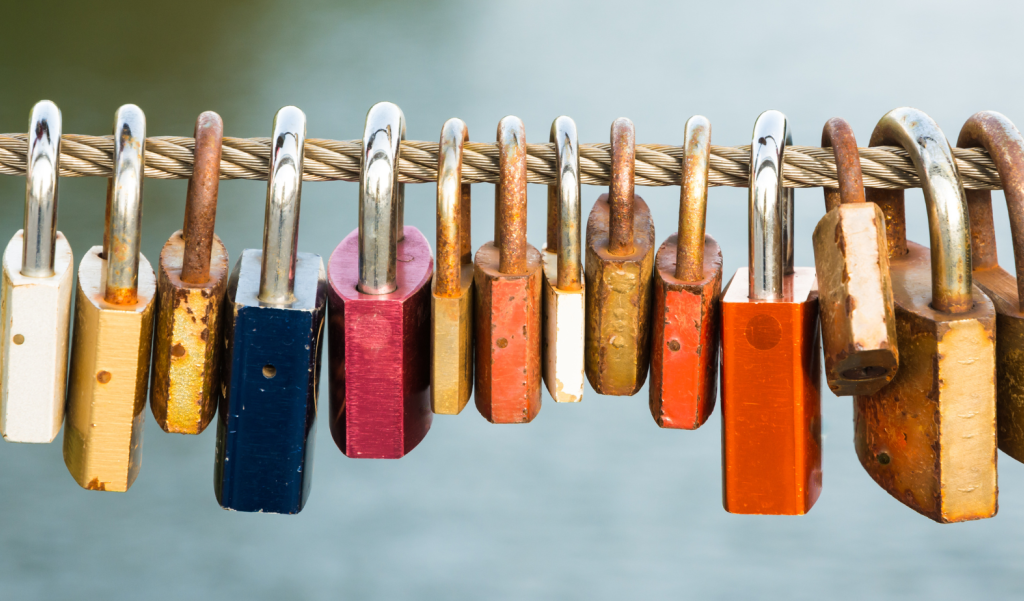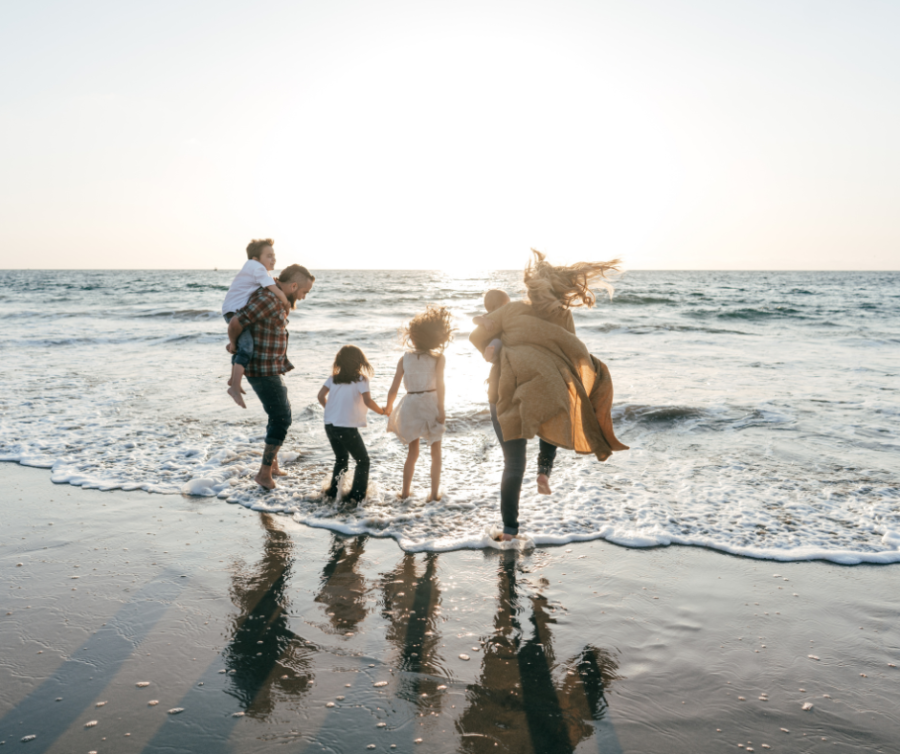It’s easy to make the case for saving water in a drought, but how can we make those conservation habits last?

Nearly every summer it seems like each square mile of Texas is impacted by some level of drought. Oftentimes that drought can be exceptional, which is defined by “widespread crop and pasture losses, exceptional fire risk, shortages of water in reservoirs, streams and wells causing water emergencies.”
During times like these, when the problem is severe and staring you right in the face, it’s relatively easy to start making changes in our personal habits to save water—the evidence of the problem is literally right outside your door. The lawn is brown and crunchy. The lake is low. And the sun is scorching and unrelenting.
Then what happens when we get a decent amount of rainfall? Suddenly the lawn’s greener. The lake levels look a little better. There are clouds in the sky, and it just might rain AGAIN today!
It might be tempting to let the water run longer, or to take that luxurious shower, or leave the tap open while brushing your teeth. But is this a responsible way to Take Care of Texas and conserve our natural resources? Clearly, it’s not.
Instead of being reactionary and adjusting our habits only when the occasion arises—and the occasion will arise again and again —how do we make our water conservation habits permanent? Here are some ways to turn your water-saving efforts into lifelong habits.
While it’s great to say “I want to save water,” it’s more effective to say specific things like “I want to take shorter showers, only run the dishwasher once it’s full, and irrigate my yard only at night.” Being precise about what you want to change can make you more successful.
Write down the habit(s) you want to make permanent. Call it a plan if you like. Visualizing the habit, thinking about what you’re going to do to achieve it, and writing it down are all great ideas.

People tend to engage in their regular habits (like exercising or brushing their teeth) the same way if they're in their familiar environment. However, you’ll likely perform tasks differently while on vacation, because you’re on a different schedule and in a new location. Trying something new, like taking a shorter shower, is easier to start while vacationing.
Repeat this as often as necessary: weekly, daily, or even multiple times per day. It’s important to regularly affirm that you’re making this commitment to the future, your family, your community, your pocketbook, nature, and the great state of Texas.
Another tactic that can help break your old habits is to fine yourself. Self-imposed penalties have a way of making bad habits sting just a little more. Going even further, if you have someone who’s agreed to collect those fines for you, it will go a long way toward changing those old, bad habits.

Surround yourself with people who will hold you accountable. Tell them what you’re doing and how you’re going to do it. Knowing that others are aware of your goals can help motivate you to achieve them. Sooner or later, they're going to ask you how your goals are coming along. You’ll want to be able to say “It’s going well. I take 5-minute showers now. I’m also saving the water that would go down the drain before the shower gets hot.”
This is akin to when you decide to focus on getting healthy. When you start to look noticeably different, people will usually praise your progress. Since your water conservation efforts may not be visible to others, you should praise yourself!
Good habits won’t become permanent overnight. It takes time, effort, and diligence to make them a long-term habit. You will experience slip-ups along the way, just don’t be too hard on yourself and don’t give up.
Whether we’re in a time of plentiful rainfall or a period of prolonged drought, making water saving habits a permanent part of our daily lives will put us in a better position to deal with the harsh dry conditions of tomorrow. Find tips for saving water by reading our blog 10 Easy Ways to Save Water.